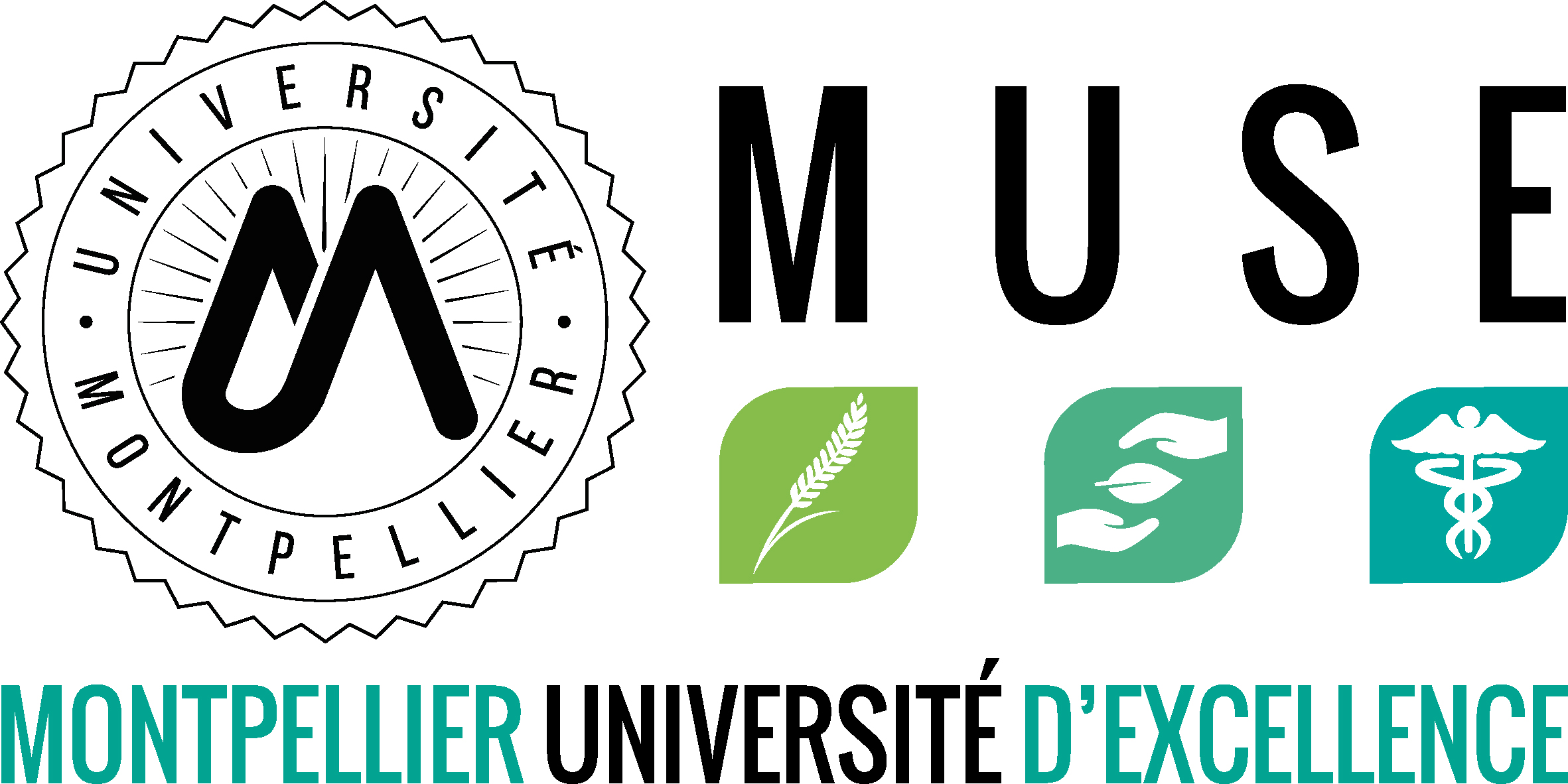SUMOylation modulates eIF5A activities in both yeast and pancreatic ductal adenocarcinoma cells
Résumé
Background: The eukaryotic translation initiation protein eIF5A is a highly conserved and essential factor that plays a critical role in different physiological and pathological processes including stress response and cancer. Different proteomic studies suggest that eIF5A may be a small ubiquitin-like modifier (SUMO) substrate, but whether eIF5A is indeed SUMOylated and how relevant is this modification for eIF5A activities are still unknown.
Methods SUMOylation was evaluated using in vitro SUMOylation assays, Histidine-tagged proteins purification from His6–SUMO2 transfected cells, and isolation of endogenously SUMOylated proteins using SUMO-binding entities (SUBES). Mutants were engineered by site-directed mutagenesis. Protein stability was measured by a cycloheximide chase assay. Protein localization was determined using immunofluorescence and cellular fractionation assays. The ability of eIF5A1 constructs to complement the growth of Saccharomyces cerevisiae strains harboring thermosensitive mutants of a yeast EIF5A homolog gene (HYP2) was analyzed. The polysome profile and the formation of stress granules in cells expressing Pab1–GFP (a stress granule marker) by immunofluorescence were determined in yeast cells subjected to heat shock. Cell growth and migration of pancreatic ductal adenocarcinoma PANC-1 cells overexpressing different eIF5A1 constructs were evaluated using crystal violet staining and transwell inserts, respectively. Statistical analysis was performed with GraphPad Software, using unpaired Student’s t -test, or one-way or two-way analysis of variance (ANOVA).
Results We found that eIF5A is modified by SUMO2 in vitro, in transfected cells and under endogenous conditions, revealing its physiological relevance. We identified several SUMO sites in eIF5A and found that SUMOylation modulates both the stability and the localization of eIF5A in mammalian cells. Interestingly, the SUMOylation of eIF5A responds to specific stresses, indicating that it is a regulated process. SUMOylation of eIF5A is conserved in yeast, the eIF5A SUMOylation mutants are unable to completely suppress the defects of HYP2 mutants, and SUMOylation of eIF5A is important for both stress granules formation and disassembly of polysomes induced by heat-shock. Moreover, mutation of the SUMOylation sites in eIF5A abolishes its promigratory and proproliferative activities in PANC-1 cells.
Conclusions SUMO2 conjugation to eIF5A is a stress-induced response implicated in the adaptation of yeast cells to heat-shock stress and required to promote the growth and migration of pancreatic ductal adenocarcinoma cells.
Fichier principal
 Seoane, SUMOylation modulates eIF5A activities, 2024.pdf (3.62 Mo)
Télécharger le fichier
Seoane, SUMOylation modulates eIF5A activities, 2024.pdf (3.62 Mo)
Télécharger le fichier
| Origine | Fichiers éditeurs autorisés sur une archive ouverte |
|---|---|
| licence |




